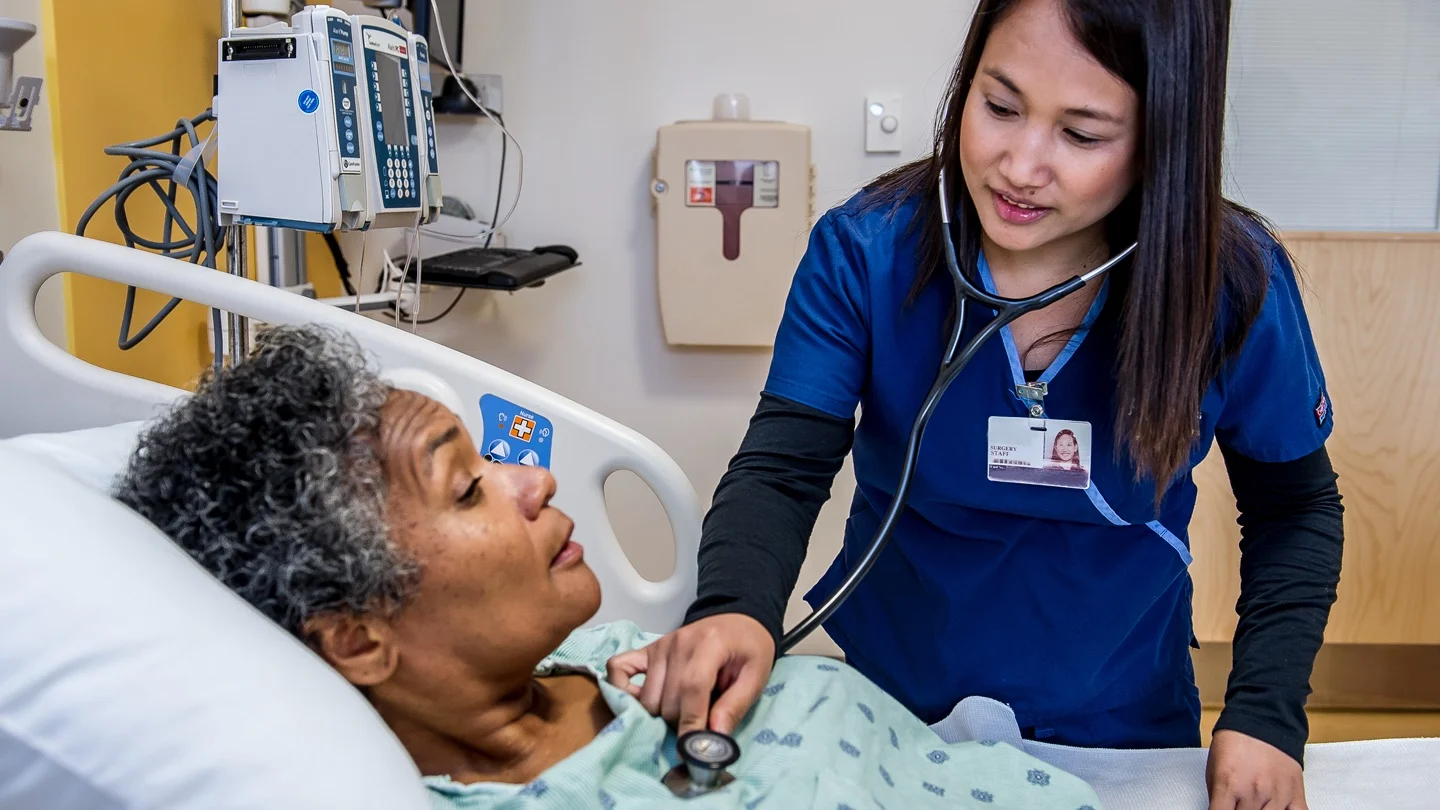Today our topic of discussion is Group Therapy.
Group Therapy

GROUP THERAPY
The goal of group therapy is to help individuals develop more functional and satisfying relationships. When an individual’s dysfunctional pattern is demonstrated in the group, the task of the group is to assist members to
understand the patterns of interacting within the group. and to help clients generalize this information to their lives outside the group.
Types of Group
- Task groups: A group formed to accomplish a specific outcome and
- Teaching groups: Focus is to convey knowledge information to a number of individuals
- Supportive/therapeutic groups: The concern of these groups is to prevent possible future upsets by educating the participants in effective ways of dealing with emotional stress arising from situational or developmental crises
- Self-help groups: Composed of individuals with a similar problem.
Physical Conditions that Influence Group Dynamics
Seating: It is best when there is no barrier between the members. For example, a circle of chairs is better than chairs set around a table.
Size: Seven or eight members provide a favorable climate for optimal group interaction and relationship development.
Membership: Two types of groups exist: Open ended groups (those in which members leave and others join at any time during the existence of the group) and closed ended groups (those in which all members join at the time the group is organized and terminated at the end of the designated length of time.

Curative/Therapeutic Factors of Group Therapy (According to Yalom)
Instillation of hope: Client believes he/she will get better through groups therapy
Universality: Client learns that other group members have similar problems and feelings
Imparting of information: Client learns didactic information which occurs in a group setting
Altruism: Client help each other in the group, resulting in increased self-esteem
Corrective recapitulation of the primary family group: Client’s family background influences client behavior and client can relieve and correct early conflicts.
Development of socializing techniques: Client develops social skills in the group.
Initiative behavior: Client identifies with and imitates healthy behavior of group members.
Interpersonal learning: Client’s interpersonar unortions are corrected.
Group cohesiveness: Client experiences bonding with the group, group norms are protected and positive ellent outcomes result.

Catharsis: Group members express feelings, even deep and powerful emotions, and then learn new ways to handle their problems .
Existential factors: Responsibility, existence, awareness and mortality are explored.
Read more:
